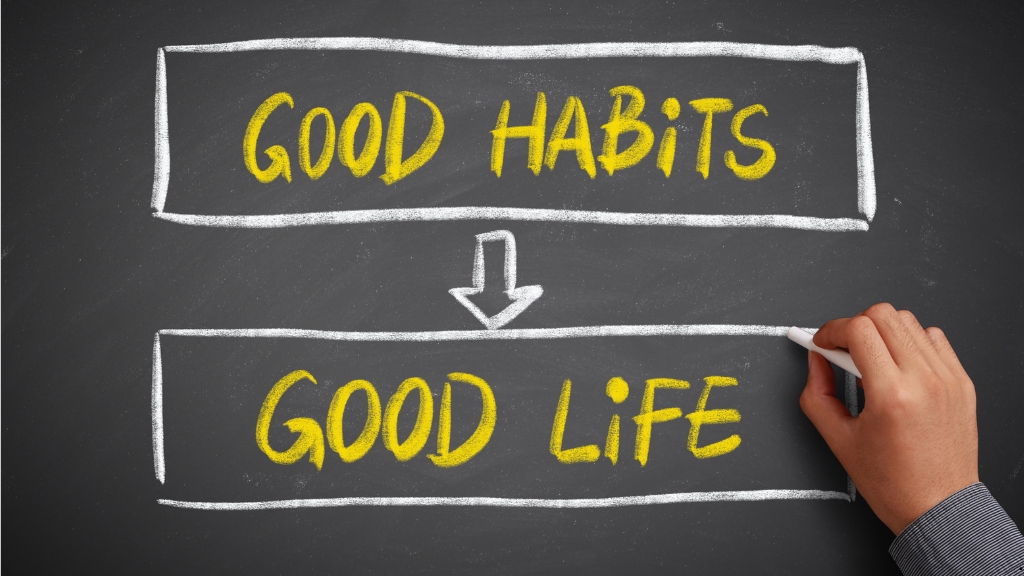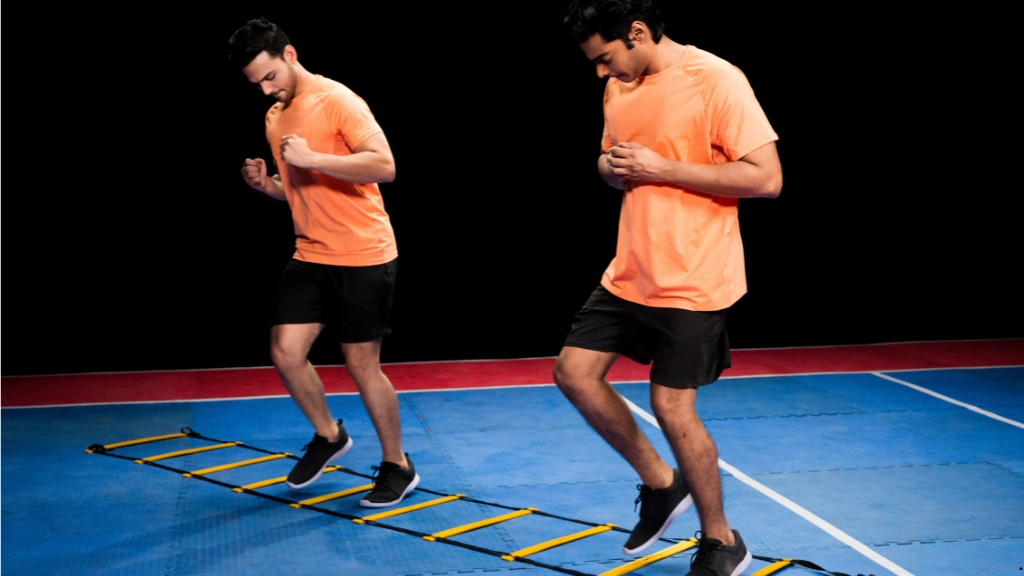Burnout can sneak up on anyone, especially when you’re pushing hard to meet goals or improve performance. I’ve learned that no matter how driven you are, ignoring the need for rest and recovery can derail progress faster than you think. It’s not just about working harder—it’s about working smarter and knowing when to hit pause.
Sustainable training isn’t a buzzword; it’s the key to long-term success. By balancing effort with intentional recovery, you can avoid the exhaustion and frustration that come with overdoing it. Taking care of your body and mind isn’t a sign of weakness—it’s a strategy for staying strong and consistent.
Understanding Burnout In Training
Burnout arises when physical, mental, or emotional stress from training exceeds the body’s ability to recover. Recognizing its signs early ensures sustained performance and prevents long-term setbacks.
Key Signs And Symptoms Of Burnout
Burnout manifests through a range of symptoms affecting both the body and mind.
- Reduced Performance: A noticeable decline in strength, endurance, or speed during workouts or competitions.
- Persistent Fatigue: Overwhelming tiredness that doesn’t resolve despite adequate sleep or rest.
- Loss Of Motivation: A diminished drive to train or participate in activities previously enjoyed.
- Emotional Changes: Increased irritability, frustration, or feelings of detachment from goals.
- Physical Issues: Recurrent injuries, slow recovery, or frequent illness due to a weakened immune system.
Monitoring these indicators helps identify burnout before it escalates.
Common Causes Of Burnout Among Athletes
Athletes often experience burnout due to a combination of training and lifestyle factors.
- Overtraining: Excessive workouts without sufficient rest impair recovery and strain physical reserves.
- Unrealistic Expectations: Pressure to achieve rapid progress or meet high standards intensifies stress levels.
- Poor Recovery Practices: Neglecting sleep, nutrition, or active recovery disrupts the body’s repair processes.
- Lack Of Variety: Repeating the same routines leads to monotony and reduced engagement.
- External Stressors: Balancing academic, professional, or personal commitments alongside training adds additional strain.
Addressing these causes fosters a healthier, more sustainable approach to physical goals.
The Role Of Rest In Avoiding Burnout
Rest plays a critical role in maintaining performance and preventing burnout. It resets the body, restores energy levels, and supports mental resilience.
Importance Of Sleep And Downtime
Sufficient sleep improves recovery by enhancing muscle repair, hormonal balance, and cognitive function. The National Sleep Foundation recommends 7-9 hours of sleep per night for most adults, aligning with the body’s natural recovery cycle. During deep sleep stages, tissues repair, energy stores replenish, and stress hormones, like cortisol, decrease.
Downtime, such as engaging in non-intensive hobbies or mindfulness practices, reduces mental overload. Disconnecting from demanding routines allows the mind to recharge, promoting emotional stability and renewed focus. For example, activities like reading or light stretching can supplement active recovery without exertion.
Strategies For Scheduling Effective Rest
Planned rest days prevent overtraining and ensure balanced stress and recovery. Incorporating at least one full rest day weekly reduces cumulative fatigue and lowers injury risk. Alternating between high- and low-intensity sessions can also promote sustainable progress without constant strain.
Listening to the body aids in tailoring rest. Persistent soreness or fatigue should prompt adjustments, such as extra recovery time or lighter workouts. Tools like fitness trackers can monitor sleep quality and stress levels, guiding adjustments in training schedules for optimal recovery.
Prioritizing Recovery For Longevity
Integrating recovery into training routines supports long-term progress and reduces burnout risks. Effective recovery practices ensure the body rebuilds stronger while maintaining mental clarity.
Nutrition And Hydration For Recovery
Providing the body with essential nutrients aids recovery after physical exertion. Consuming protein-rich foods, like chicken or lentils, post-workout helps repair muscle fibers. Carbohydrates, such as brown rice or quinoa, replenish glycogen stores, which fuels sustained performance. Including fats from sources like avocados or chia seeds supports hormonal health.
Staying hydrated maintains optimal muscle function and prevents cramps. Drinking water consistently throughout the day is key, with additional electrolytes, like sodium and potassium from sports drinks or coconut water, beneficial after intense sessions. Combat dehydration proactively, particularly in warmer climates or extended training durations.
Stretching, Massage, And Active Rest Techniques
Incorporating flexibility and recovery techniques minimizes soreness and increases mobility. Static stretching post-exercise lengthens tight muscles, promoting faster recovery. Techniques like foam rolling target muscle knots, improving circulation and easing tension. Sports or deep-tissue massages provide targeted pressure to alleviate stiffness, aiding recovery over time.
Active rest activities like light swimming or yoga sustain blood flow without overloading recovery systems. These low-intensity sessions help maintain movement while allowing the body to heal. Balancing active rest with passive recovery elevates overall performance and minimizes injury risks.
Building A Sustainable Training Plan
Creating a sustainable training plan ensures consistent progress without risking burnout. A balanced approach promotes long-term physical and mental well-being.
Balancing Intensity And Volume
Maintaining the right balance between training intensity and volume is essential for sustainable progress. I ensure that my plan includes both high- and low-intensity sessions to avoid overloading my body. For example, combining high-intensity interval workouts with lighter activities like steady-state cardio reduces strain on muscles and the nervous system. Keeping weekly training volume manageable prevents physical exhaustion while supporting recovery.
I also adjust workout intensity based on how my body feels. If I notice persistent fatigue or reduced performance during sessions, I lower intensity or decrease duration to promote recovery. Tracking metrics like heart rate variability (HRV) helps me monitor stress and adapt training accordingly.
Incorporating Regular Break Periods
Scheduling regular breaks in training helps prevent overtraining and supports recovery. I include planned rest days weekly, where I focus on restorative activities like stretching or walking. Active recovery enhances blood flow and mobility without adding unnecessary strain.
I incorporate deload weeks every 4-6 weeks to reduce overall training load. These periods allow my body to recover from accumulated fatigue while maintaining routine consistency. For instance, during a deload week, I cut training volume by 30%-50% and prioritize lighter weights or reduced intensity in exercises.
Tracking energy levels and performance trends ensures I recognize when extra breaks are necessary. Consistently prioritizing recovery within my training plan maintains health and motivation over time.
Practical Tips For Long-Term Success
Effective strategies ensure sustainable training without compromising well-being. By monitoring progress and responding to physical cues, I create a balanced approach to avoid burnout and maintain steady improvement.
Monitoring Progress And Making Adjustments
Tracking key metrics identifies areas needing change. I monitor performance indicators such as heart rate, sleep quality, and energy levels using tools like fitness trackers or training apps. Analyzing workout results, like pace, weight lifted, or reps completed, highlights patterns in progress or decline. If I notice stagnation or excessive fatigue, I reduce intensity, adjust session frequency, or incorporate more recovery days. Regularly evaluating both short- and long-term goals helps keep my training realistic and adaptable.
Listening To Your Body’s Signals
Physical and emotional cues provide critical recovery insights. Persistent soreness, fatigue, or reduced motivation often indicate overtraining or insufficient rest. I pause or modify workouts when my body feels unusually strained, prioritizing lighter activities like yoga or walking until recovery feels complete. Emotional changes, like increased irritability or stress from training, signal a need to reassess my routine. Staying attuned to these signals ensures I prevent injuries or setbacks while maintaining sustainable progress.
Conclusion
Burnout isn’t just a hurdle; it’s a signal that something needs to change. Prioritizing rest, recovery, and balance in training isn’t about slowing down—it’s about setting yourself up for long-term success. By listening to your body, incorporating recovery practices, and adjusting your approach when needed, you can stay consistent without compromising your well-being. Sustainable progress comes from respecting both your limits and your potential.



